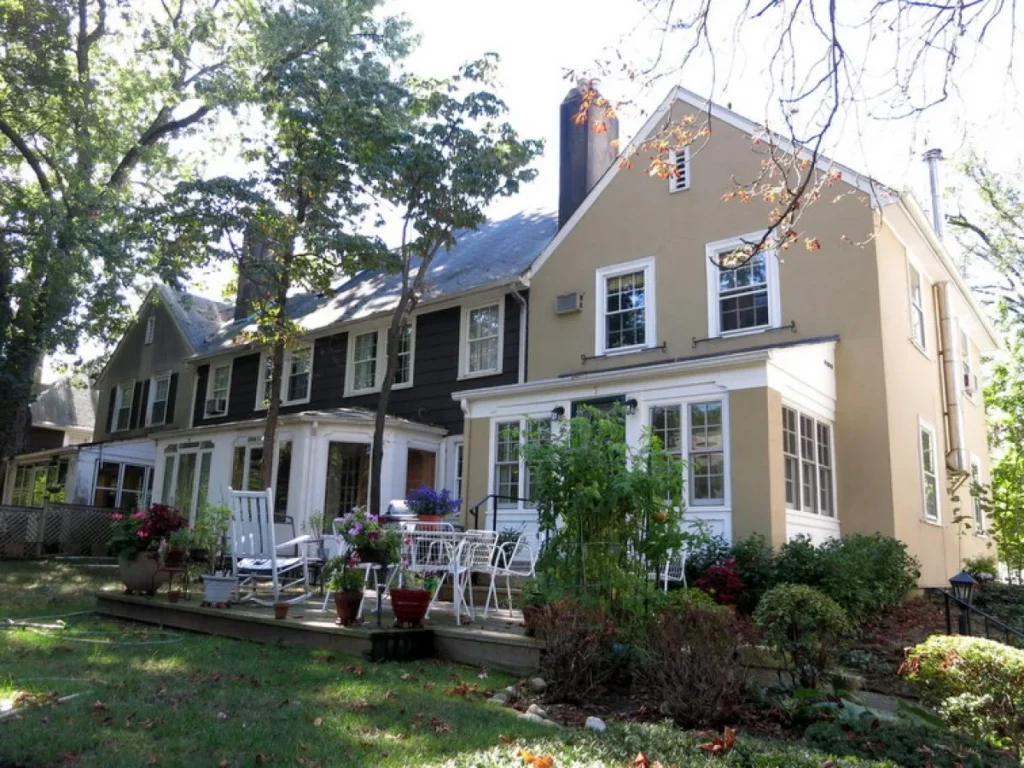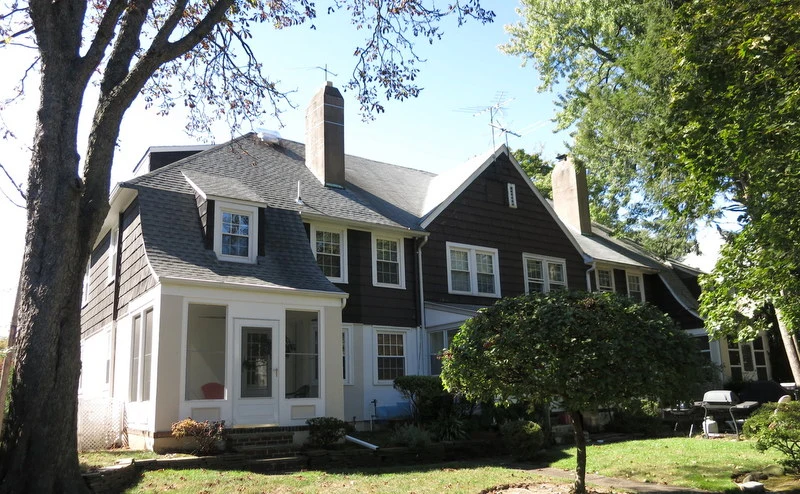
Radburn Law Election
The “Radburn Law Election” is an intriguing and Unusual approach to local governance. It is based on a neighborhood organization model that encourages communal living and a democratic approach to managing community resources and is rooted in the urban planning concept of Radburn design. This blog entry dives into the beginnings of the Radburn Regulation, its importance in decisions, and what it means for advanced administration in arranged networks.
The Radburn Law: What is It?
The elections of board members in planned communities are governed by New Jersey’s Radburn Law. It was first enacted in response to debates regarding homeowner associations’ (HOAs) governance and the perception of a lack of democratic transparency. Residents of these communities, which are frequently referred to as “common interest communities,” have more equitable access to electing their governing bodies thanks to the law.
The Radburn community in Fair Lawn, New Jersey, which was one of the first planned communities in the United States and was constructed in the 1920s, is the inspiration for the name of the Radburn Law. The garden city movement served as a source of inspiration for the community, which sought to construct a self-sufficient, pedestrian-friendly, and communally organized neighborhood. Even though the Radburn model is well-known for its urban design, its governance model became a major focus, which led to the Radburn Law being enacted decades later.
The Radburn Community’s History

Before delving deeper into the election procedure under the Radburn Law, it is essential to comprehend the Radburn Community’s significance. Radburn was established as an early urban planning experiment. Radburn was designed by Clarence Stein and Henry Wright as a “Town for the Motor Age” that preserved walkability and community life while allowing people to live in harmony with automobiles.
The homes in Radburn’s design were surrounded by parks and cul-de-sacs, creating a sense of safety and seclusion. With walkways connecting homes to parks and schools and separate roadways for cars, the layout encouraged pedestrian movement. Radburn was designated a National Historic Landmark as a result of its innovative design, which also had an impact on numerous other developments in suburban areas.
However, despite Radburn’s physical success, community friction was caused by the governance structure. At first, the homeowners’ association of Radburn’s board of directors was appointed rather than elected, which resulted in tensions between the residents and those in power. The Radburn Law was later enacted as a result of this governance-related controversy.
The Radburn Law and Its Implications
The Radburn Law’s primary objective is to democratize the election process for homeowner association boards, thereby ensuring accountability and fair representation. There were concerns prior to the law’s implementation that existing governance structures in some communities, particularly those modeled after Radburn, concentrated power in the hands of a few individuals, typically those appointed by the original development company or having significant influence there.
Developers often keep control of the community’s governing body for years, or even decades, after residents have moved in in many homeowner associations. Residents have little say over the decisions that directly affect their neighborhood during this time. The Radburn Regulation was intended to address this unevenness by commanding that mortgage holder affiliation sheets be chosen through a straightforward and fair cycle, offering all occupants the chance to take an interest.
The law, which was enacted in 2017, included a number of essential provisions to guarantee fairness and transparency:
1. Elections Requirement: The law mandates that every board member of a community with common interests must be elected. Contrast this with the previous system, in which developers or certain board members could appoint others without residents having to vote.
2. Nominations are open: Any resident is permitted to run for a position because the law requires open nominations for board candidates. Instead of being restricted to a select group of individuals who may have insider connections, this ensures that the community has access to a diverse pool of candidates from which to choose.
3. Voting by secret ballot: The Radburn Law mandates secret ballot voting to guarantee impartial elections. Residents are given the freedom to vote for their preferred candidates without fear of retaliation because this prevents undue influence or coercion.
4. Governance Transparency: The Radburn Law’s emphasis on transparency is yet another significant aspect. All residents must be able to access meeting minutes, financial records, and other important documents provided by HOA boards. This makes sure that the community is always aware of how decisions are made and how money is distributed.
How the Radburn Law Changes Elections

The Radburn Law-governed communities now have democratic and participatory elections. The entire voting procedure is designed to encourage transparency and accountability, and every adult resident has the right to vote for board members. Annual elections are held, and board members typically serve staggered terms to maintain governance continuity.
Open nominations and secret ballots are required by the Radburn Law, which makes it possible for new voices to be heard and for leadership to be regularly updated. Boards could sometimes become echo chambers in communities without such laws, where the same people hold power for years and make decisions without much community input.
Residents feel more empowered and involved in the decisions that affect their day-to-day lives as a result of the shift toward democratic elections. The Radburn Law aids in striking a balance between the needs of residents and those of developers. Residents must be given the opportunity to take control of their own neighborhood once the developers have sold enough properties in a community.
Challenges and Criticisms of the Radburn Law
Although the Radburn Law has been praised for raising accountability and transparency, it has also been criticized. Some say that the law can make it harder for communities to make quick decisions because of more paperwork. Others argue that not all residents are interested in voting and that even with low voter turnout, a small group can still control the decision-making process.
Developers have also expressed concern that the law might make it harder for them to maintain control over a community during its early stages, which they argue is necessary to ensure that the development stays true to the original plan. However, those in favor of the law argue that giving residents more control is a necessary step toward ensuring that these communities reflect the needs and wants of the people who live there, as opposed to just the interests of developers.
Elections under the Radburn Law in the Future
The Radburn Law has served as a model for other states and municipalities dealing with governance issues in planned communities. The issue of how homeowner associations and common interest communities are run will only become more pressing as an increasing number of Americans move into these communities. The Radburn Law ensures that residents have a say in shaping their communities’ future by providing a model for democratic governance that can be used elsewhere.
Conclusion
In conclusion, the Radburn Law election is more than just a requirement under the law; In planned communities, it signifies a shift toward governance that is more democratic and inclusive. The Radburn Law has given residents of common interest communities the tools to take control of their neighborhoods and make them truly theirs by ensuring open nominations, secret ballot voting, and transparency in decision-making. It will be fascinating to see how this model influences the future of urban living in the United States as it develops.
For more information, visit our homepage!https://informativehaven.com/category/home/





